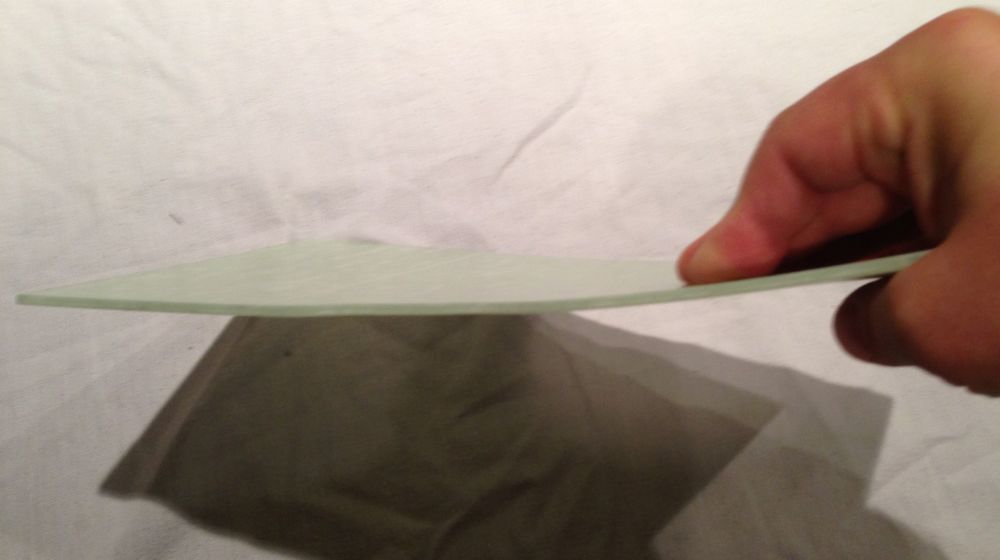
Recently we’ve seen multiple solutions to help 3D printer owners operate their machines. But is this really the right answer?
The problem being solved is lack of adhesion on the print surface. As the print proceeds a loosely stuck print might break free and cause the print to fail. In worse situations (which we’ve personally seen several times at the Lab) the loose print can often get caught up in wiring or mechanicals and cause serious damage to your machine.
There are various solutions you can apply to your print surface to increase the stickability. These may include sprays, replacement beds, sticky tape, liquids, glues or temporarily-attached surfaces.
You really want prints to stick to the bed.
Except when the print is finished. Then you want to get them OFF the bed.
Every 3D printer owner knows the second problem: a print has stuck so severely to the bed that it requires a plasma cutter to remove it. Perhaps you might not actually use a plasma cutter, but we’re certain you’ve though about it. Instead you probably use a metal lifter or blade of some sort – which can, if slipped, damage the print, the machine or even you. Ouch!
Perhaps the worst situation occurs when material is stuck very hard to the print bed – and the print bed cannot be released. You have to work inside your machine somehow to release the print, possibly damaging the print bed, the machine or yourself again.
That’s the conundrum. You want stick and no-stick at the same time.
There’s really no good solution because you can’t have stick and no-stick simultaneously. The best compromise we’ve seen is to have a removable sticky print surface that can bend. It sticks hard during printing, but when complete you remove the print surface (with print attached) and then bend it like an ice cube tray and cause the print to fall off. This works reasonably well until you have some very fine spots that still require machining to remove them.

